What are the symptoms of tuberculosis? How is TB detected?
Tuberculosis is a serious disease. The symptoms of tuberculosis do vary. People are faced with symptoms that cause much discomfort. Immediate medical attention is required.
Tuberculosis (TB) is a serious illness that affects the lungs and it is in the form of a bacteria. It spreads via droplets. It spreads in crowds. People with HIV/AIDS and other weakened immune systems are more prone to it.
Drugs like antibiotics can treat tuberculosis, but few forms of bacteria do not respond well to treatments.
Symptoms of tuberculosis
When TB germs survive and also multiply in one’s lungs, it is known as a TB infection. Symptoms are different in each stage consisting of three stages.
Primary TB infection – The initial stage is referred to as the primary infection. Immune system cells do find and also capture the germs. The immune system can destroy the germs. Yet some captured germs can still survive and multiply.
Most people do not have symptoms during a primary infection. Few people may suffer flu-like symptoms, like:
- Low fever.
- Tiredness.
- Cough.
Latent TB infection – This Primary infection is usually adopted by the stage known as latent TB infection. Immune system cells do build a wall around lung tissue with TB germs. The germs cannot cause harm if the immune system maintains control. Yet, these germs survive. There are no symptoms at the time of latent TB infection.
Active TB disease – Active TB disease happens when the immune system is not able to control an infection. Germs cause disease via the lungs or even other parts of one’s body. Active TB disease may occur immediately after primary infection. But it does usually happen after months or years of latent TB infection.
Symptoms of active TB disease in one’s lungs usually begin slowly and worsen over a few weeks. They may indeed include:
- Cough.
- Coughing up blood or even mucus.
- Pain with breathing or perhaps coughing.
- Chest pain.
- Fever.
- Chills.
- Night sweats.
- Not wanting to eat.
- Tiredness.
- Weight loss.
- Not feeling well in general.
Active TB disease outside one’s lungs – TB infection can rather spread from the lungs to other parts of one’s body. This is also known as extrapulmonary tuberculosis. Symptoms do vary according to the affected body part.
Common symptoms are:
- Fever.
- Chills.
- Night sweats.
- Weight loss.
- Not wanting to eat.
- Tiredness.
- Not feeling well in general.
- Pain near the site of infection.
Common sites of active TB disease outside the lungs include:
- Kidneys.
- Liver.
- Heart muscles.
- Fluid surrounding the brain and spinal cord.
- Genitals.
- Lymph nodes.
- Bones and joints.
- Skin.
- walls of blood vessels.
- Voicebox, also called the larynx.
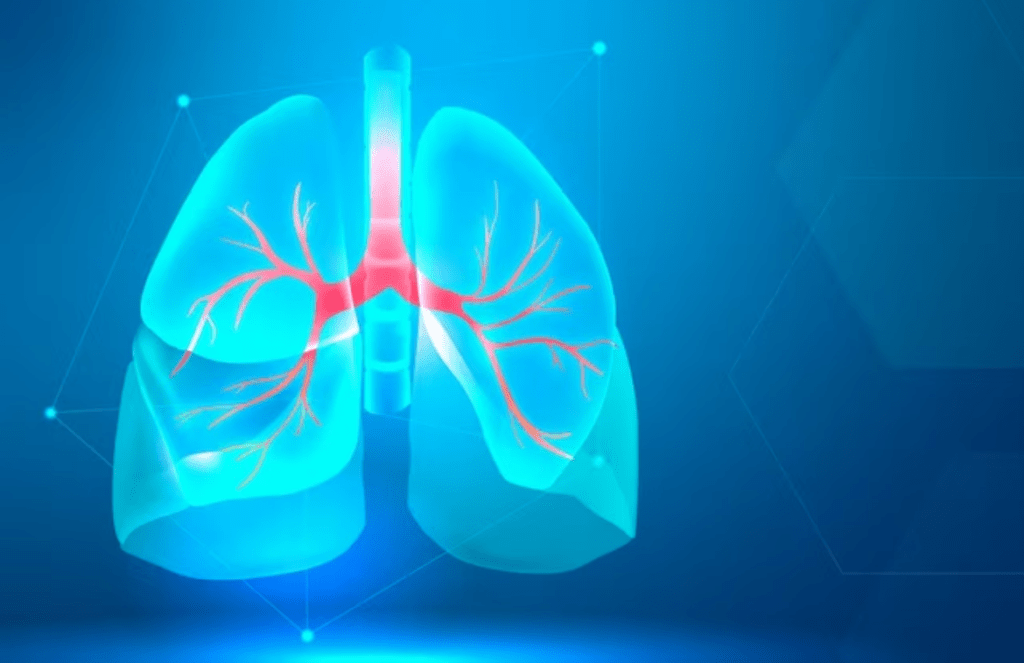
Active TB disease found in children – Symptoms of active TB disease noticed in children vary. On the whole, symptoms by age may rather include the following:
- Teenagers – Symptoms are quite similar to adult symptoms.
- 1- to 12-year-olds – Younger children may also have a fever that will not go away and weight loss.
- Infants – The baby does not grow or gain weight as expected. Also, a baby may have symptoms from swelling in the fluid around one’s brain or spinal cord, including:
- Being sluggish or even not active.
- Unusually fussy.
- Vomiting.
- Poor feeding.
- Bulging soft spot on the head.
- Poor feeding.
- Poor reflexes.
When to see a doctor
The symptoms of tuberculosis are no doubt similar to symptoms of several other illnesses. Consult the health care provider if having symptoms that do not improve with a few days of rest.
Get emergency care if having the:
- Chest pain.
- Sudden, severe headache.
- Seizures.
- Confusion.
- Difficulty breathing.
- Get immediate or urgent care if you:
- Cough up blood.
- Have blood in one’s urine or stool.
Conclusion
It is better to seek medical help.

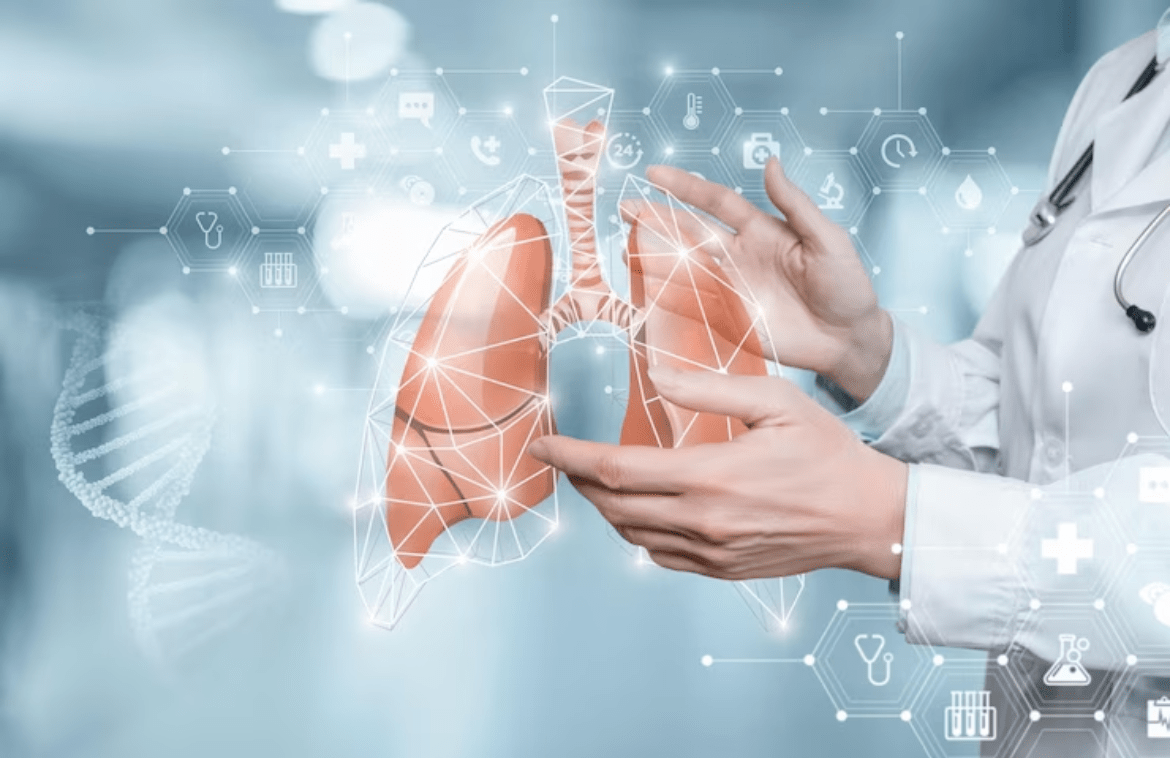


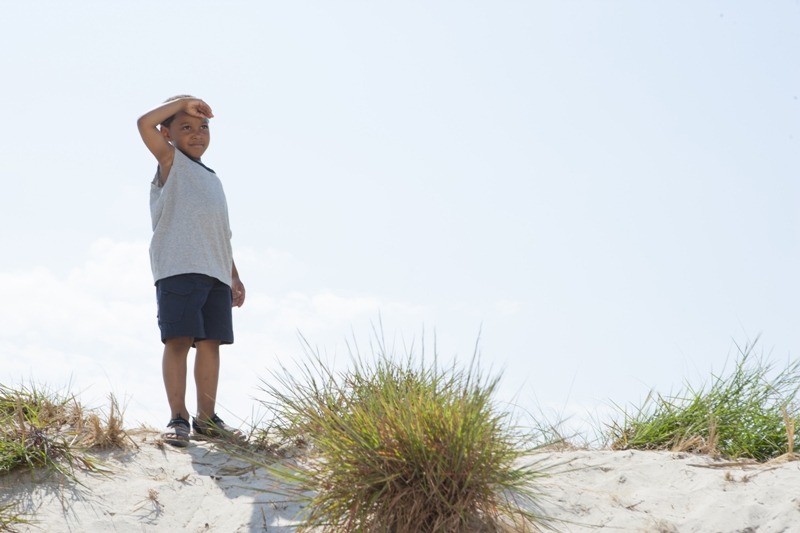


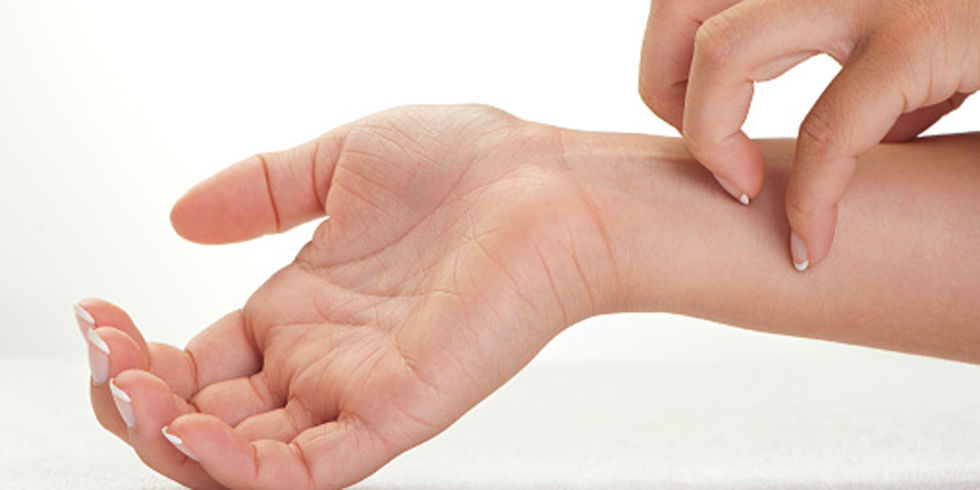
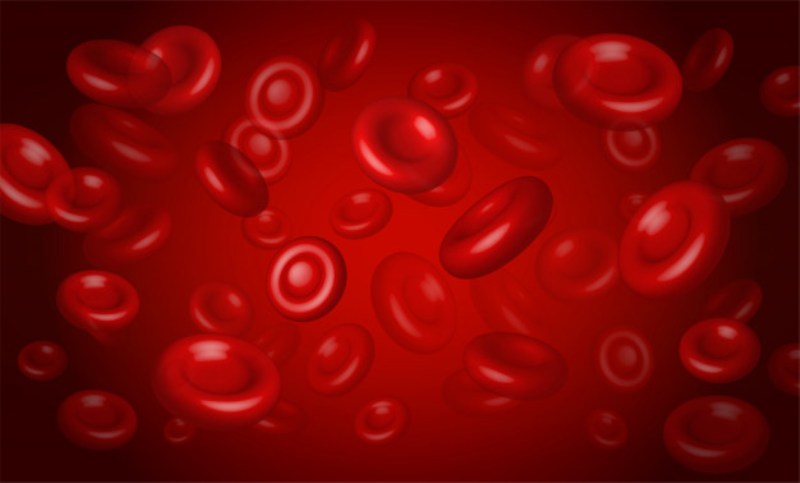
There are no comments